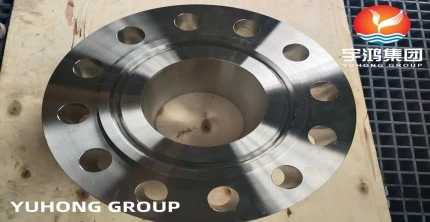What Is The Nondestructive Testing?
Non-destructive testing (NDT) is a testing and analysis technique used by industry to evaluate differences in properties or weld defects and discontinuities of materials, components, structures or systems, without causing damage to the original part.
Besides,NDT is used in a variety of settings, covering a wide range of industrial activities, and new NDT methods and applications are constantly being developed. Non-destructive testing methods are often applied in industries where the failure of components can lead to significant hazards or financial losses, such as transportation, pressure vessels, building structures, pipelines and lifting equipment.
Since NDT does not permanently alter the item being inspected, it is an invaluable technique that can save money and time during product evaluation, troubleshooting, and research. And here are the six most frequently used NDT techniques:
Visual NDT (VT)
Visual NDT is the act of collecting visual data about the state of a material. Visual testing is the most basic method of inspecting a material or object without altering the material or object in any way, it can be done by the inspector visually inspecting the material or asset, with the naked eye.
Ultrasonic NDT (UT)
Ultrasonic nondestructive testing is the process of transmitting high-frequency sound waves into materials to identify changes in their properties. In general, ultrasonic testing uses sound waves to detect flaws or blemishes on the surface of the material being created.
One of the most common ultrasonic testing methods is pulse echo. Using this technique, the inspector introduces sound into the material and measures the echoes (or reflections of sound) produced by surface imperfections in the material on its return to a receiver.
Radiography NDT (RT)
Radiographic nondestructive testing is the act of using gamma rays or X-rays on materials to identify defects.
X-rays pass through the irradiated object lossily, and materials of different thicknesses absorb them at different rates. The negative film is placed on the other side of the irradiated object, and the corresponding pattern of rays will be generated due to the difference in intensity, so that it can be detected according to the image. Determine whether there is a defect inside the object and the nature of the defect.
Eddy Current NDT (ET)
Eddy current non-destructive testing is a type of electromagnetic inspection that uses measurements of the strength of electric currents (also known as eddy currents) in a magnetic field surrounding a material to determine the material, which may include the location of defects.
The two main applications of eddy current testing are surface inspection and tubing inspection. Surface inspection is widely used in the aerospace industry, but also in the petrochemical industry. The technique is very sensitive and can detect tight cracks. Surface inspection of ferromagnetic and non-ferromagnetic materials is possible.
Magnetic Particle NDT (MT)
Magnetic particle nondestructive testing is the act of identifying defects in materials by examining interruptions in the flow of magnetic fields within the material. Magnetic Particle Inspection (MPI) is used to detect surface and superficial discontinuities in ferromagnetic materials such as iron, nickel, cobalt and some of their alloys. To identify leaks, ferrous particles in dry or wet suspension are applied to parts. These are attracted to areas of flux leakage and form so-called indications, which are evaluated to determine their nature, cause and course of action.
Dye Penetrant NDT (PT)
Dye Penetrant Non-Destructive Testing (also called Liquid Penetrant Testing) is a widely applied and low-cost inspection method used to check surface-breaking defects in all non-porous materials (metals, plastics, or ceramics).
Advantages
the speed of the test and the low cost.
Desadvantages
the detection of only surface flaws, skin irritation, and the inspection should be on a smooth clean surface where excessive penetrant can be removed prior to being developed. Conducting the test on rough surfaces, such as "as-welded" welds, will make it difficult to remove any excessive penetrant and could result in false indications.


 English
English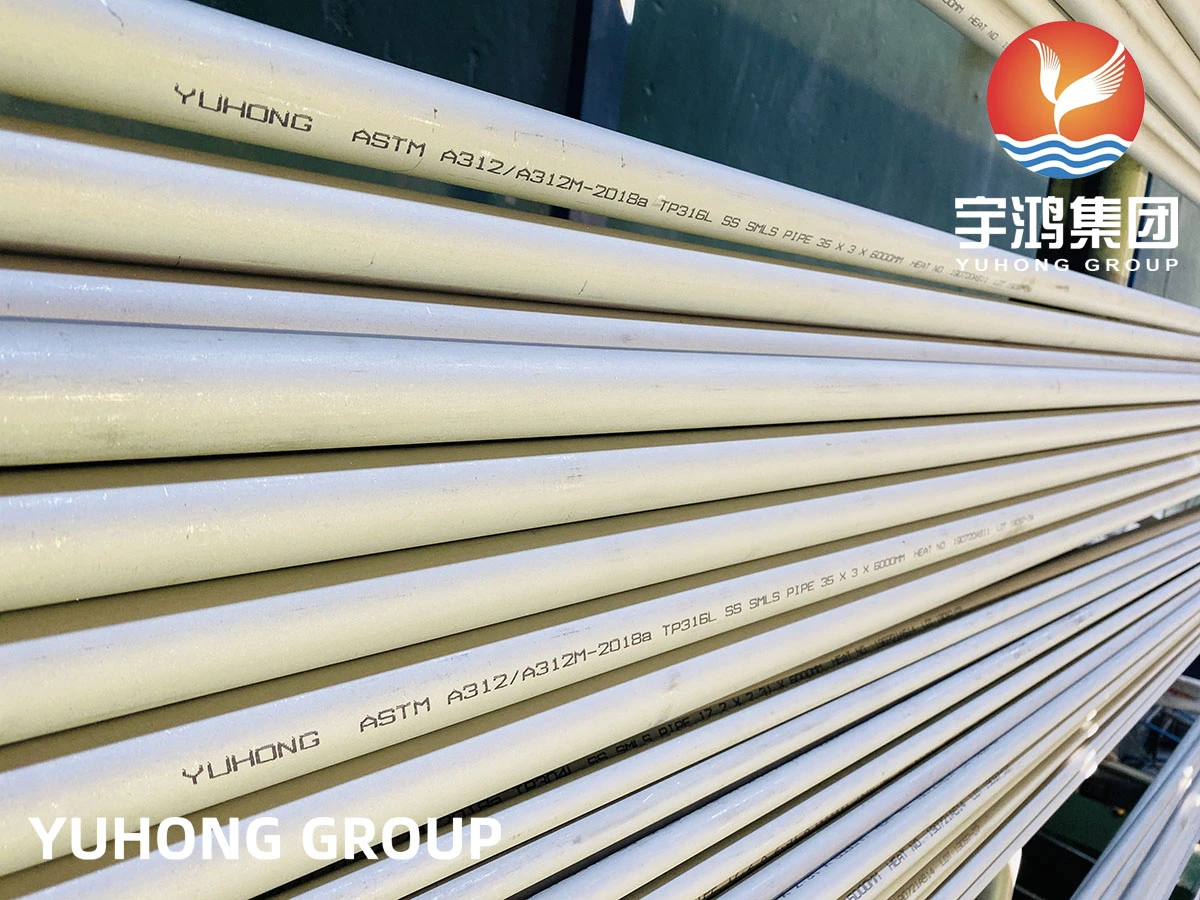
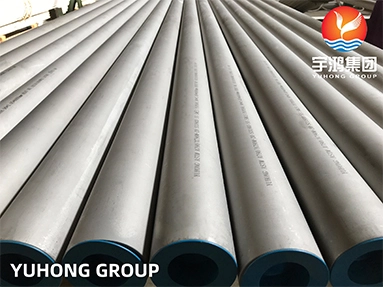
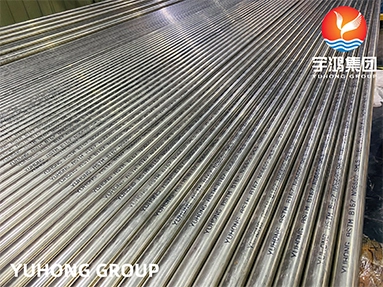
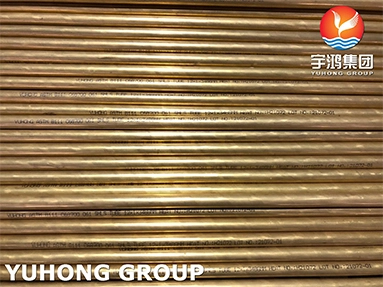
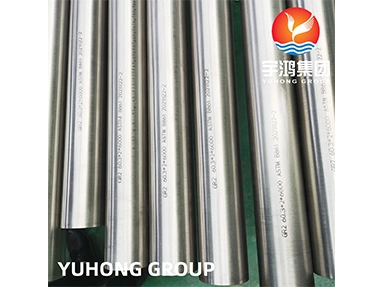
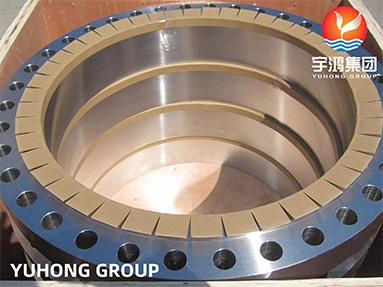
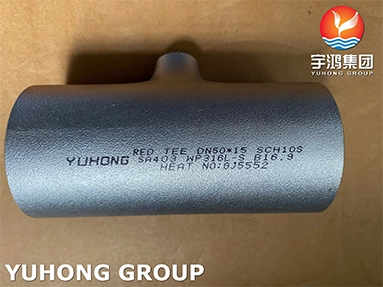
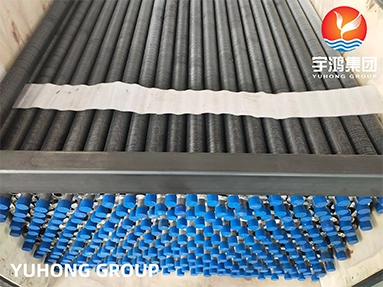
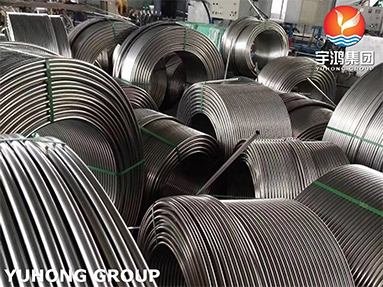



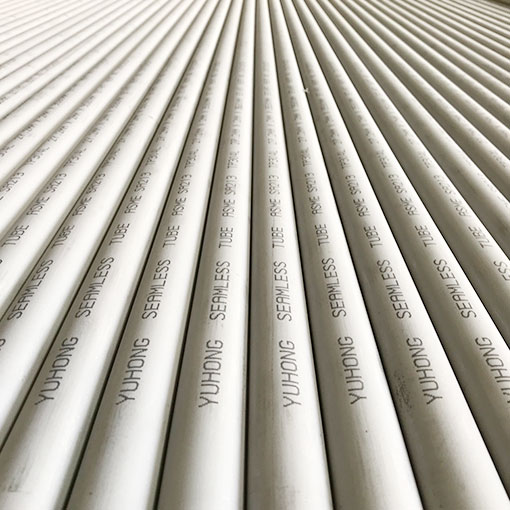
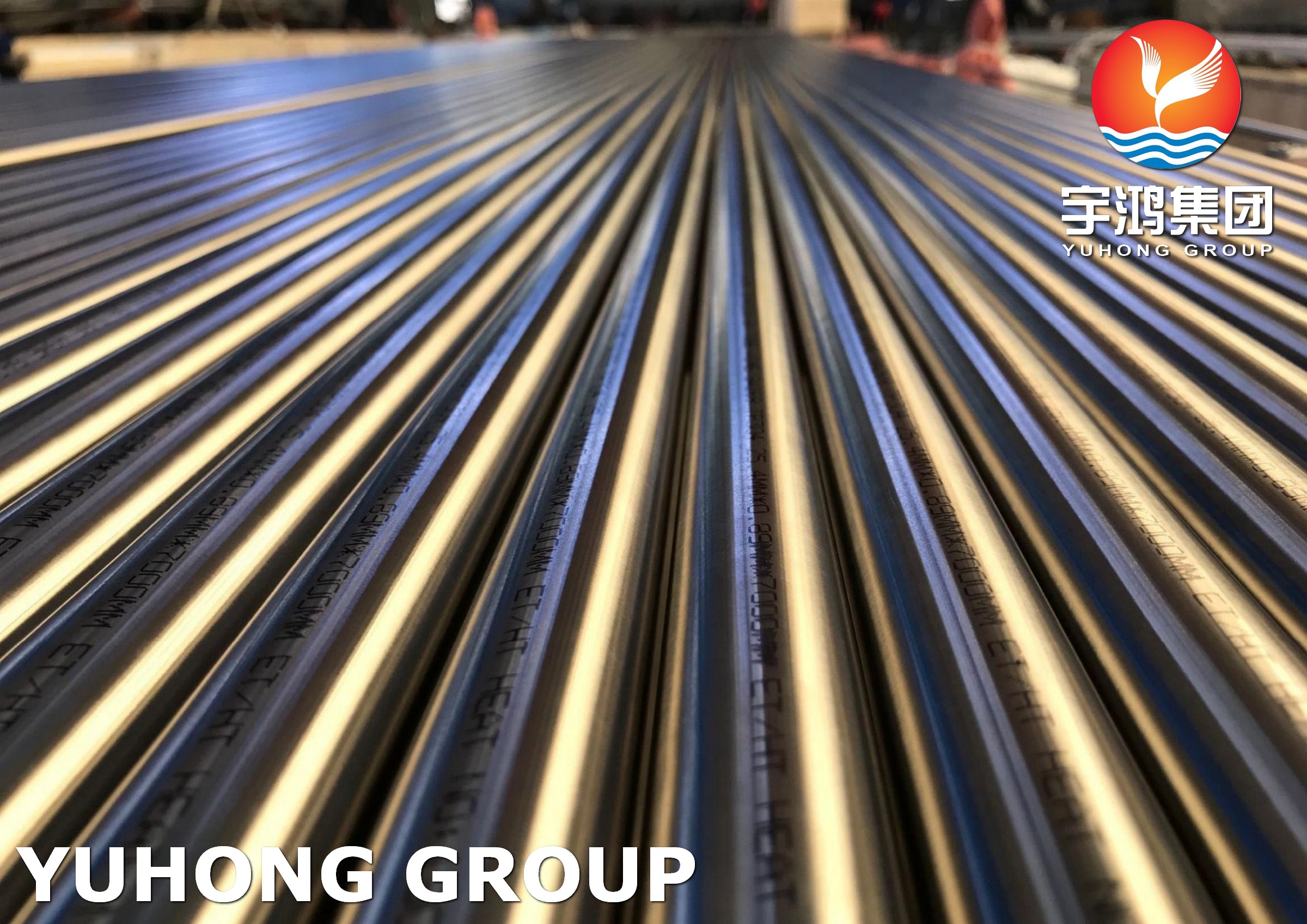
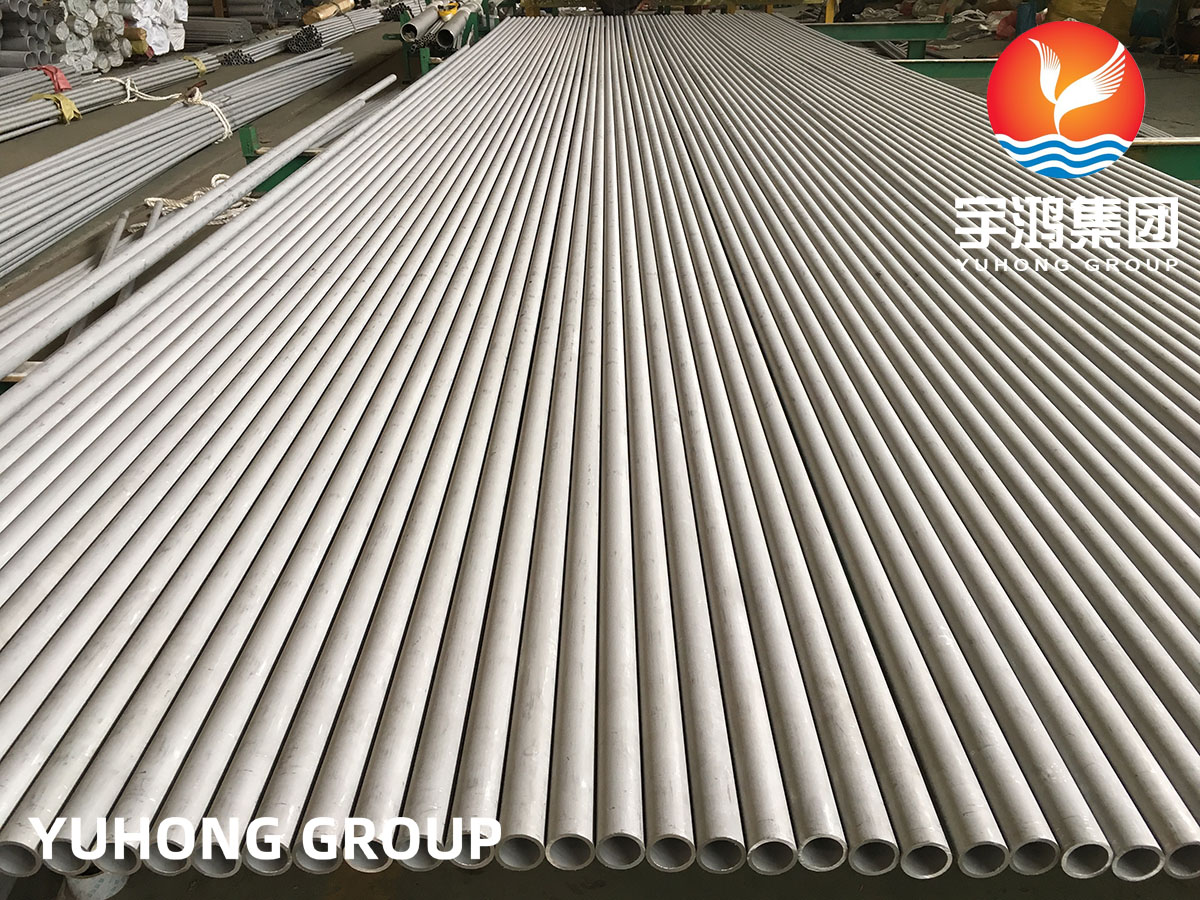
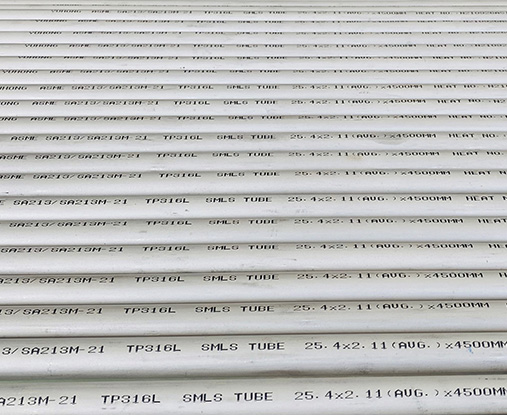
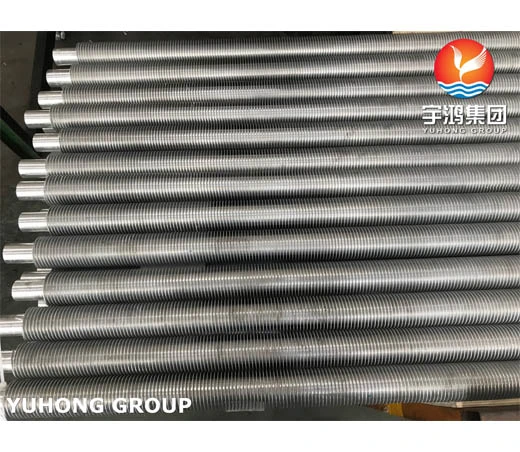
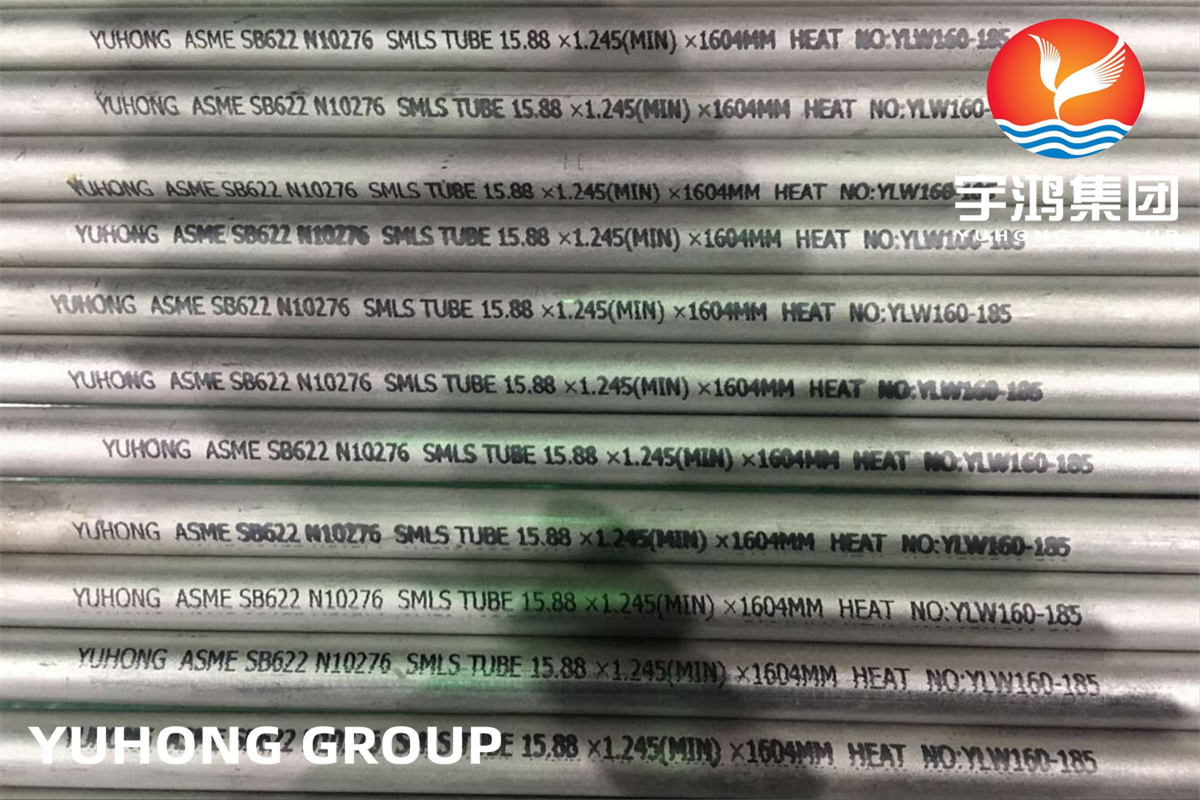
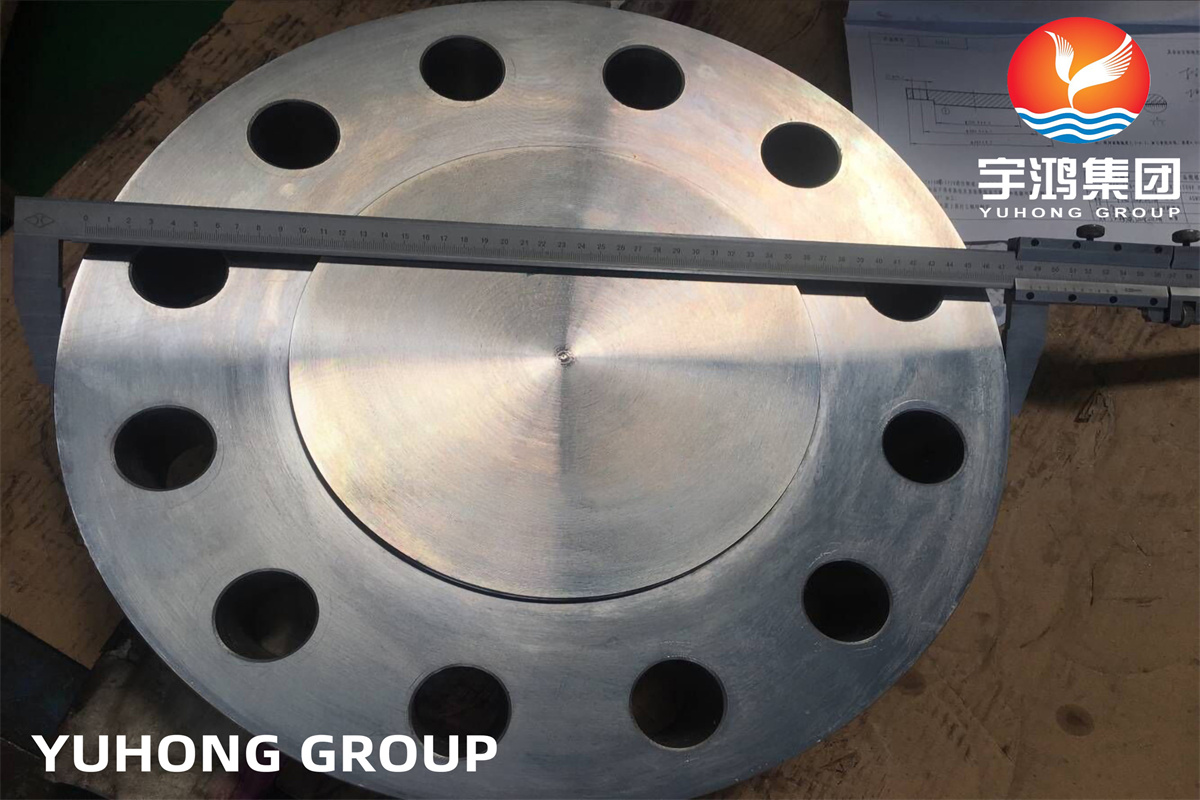
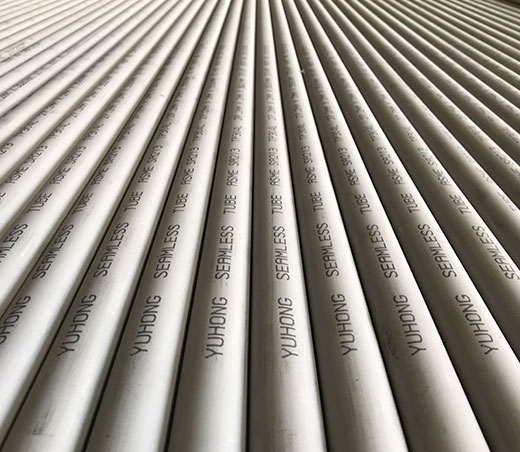
_副本.webp)
_副本.webp)
